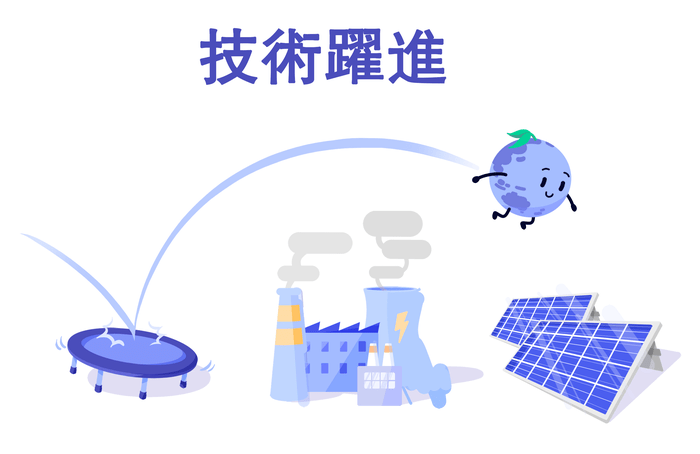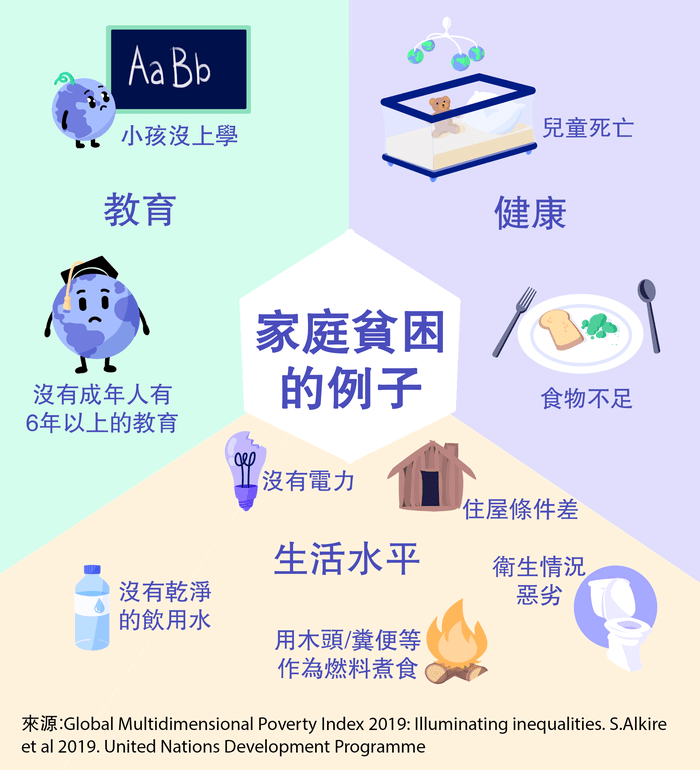解決貧困:什麼是正確的方法?
5 一分鐘閱讀
更新於: 2021年03月29日13:08:23 格林威治標準時間
貧窮是一個複雜的問題,而氣候危機已經加劇了它對受影響最大的人們的衝擊 。 但是有希望! 在本章中,我們將研究貧困與氣候危機之間的聯繫,並研究可再生能源在對抗貧困和氣候變化方面的機會。
什麼是貧窮?
In 2015, 730 million people were surviving on less than $1.90 per day .
That’s 1 in every 10 people living in ‘extreme poverty’ !
但是,貧困不僅僅是金錢的問題:人們可以在很多方面遭受貧困。 聯合國將貧困定義為「拒絕選擇和機會」
。
能源和貧窮
但是,這與氣候變化有什麼關係?
電力是我們聯繫貧困與氣候問題的一種方式。
2016年,全球13%的人口無法用電。 沒有它,人們將無法達到基本的生活標準
。 儘管如此,當前的進展意味著,直到2080年,非洲的每個人才能用上點
!
電力的缺乏使得人們無法擺脫貧困,因為他們必須使用低效而昂貴的能源來代替,例如電池和蠟燭
。 煤油燈是最常見的照明光源,但也是效率最低的光源之一
。
這是一個明顯的貧窮陷阱在起作用:最貧窮的人的高能源價格消耗了本來可以幫助他們擺脫貧困的錢。 通過為最貧困的家庭供電,這筆錢可以節省下來並用於滿足其他需求。
A lack of electricity also impacts health and education, holding back development .
Healthcare systems struggle to work properly without electricity . It’s needed to refrigerate medicines, operate medical machinery, light hospitals, and so much more
. In much of Africa, vaccines are wasted because 60% of the fridges used to store them don’t have a reliable energy source
.
Educated workers, like doctors and teachers, may struggle to work effectively in rural areas without electricity. This further reduces the opportunities and services available to the local people .
Children’s schooling also suffers because they might struggle to complete their homework without electric lighting at home . Young girls are particularly likely to drop out of school because their families need them to collect firewood for energy
.

電力供應會影響健康和教育
如果你生活在發達國家,就很容易忘記可靠的電力是每個人都應享有的體面生活水平的基礎。
用電來結束貧窮
Increased electricity access is associated with less poverty and more economic growth ; energy often leads to development
.
This graph shows the link between electricity use and poverty. Countries with high electricity use mostly have low poverty levels .
This all sounds great – energy drives economic growth which lifts people out of poverty . Also, as countries get richer, the population growth rate tends to fall
.
Unfortunately, it’s not quite that simple…
As countries get richer, each person consumes more and the emissions released per person rise
. This means that even though the population is smaller than it would have been, the overall size of a country’s carbon footprint almost always rises as it gets richer
.
因此,能源推動了經濟增長,使數百萬人擺脫了貧困。 但是這些能源大部分是由化石燃料產生的,這是不可持續的
。 正是這種不可持續的經濟增長導致了當前的氣候危機
。
我們能從過去學到什麼呢?
So, is there a way to lift people out of poverty without contributing to climate change?
Yes! So far, rich countries have used fossil fuels to power their development but are now switching to low-carbon energy sources
.
In regions that have never had electricity before, it is possible to adopt renewable energy first, without ever having used fossil fuels . This is called technological leapfrogging
.

到清潔能源的技術跨越
例如,與化石燃料發電站相比,在偏遠的「離網」的位置,太陽能電池板和風力渦輪機的建造速度更快。 這意味著單個家庭或村莊可以擁有自己的可靠的可再生電力來源
!
我們如何支付清潔能源?
儘管這種技術跨越聽起來很棒,但我們在貧窮國家支付可再生能源和清潔能源方面面臨一些障礙。 例如,可再生(和核能)能源的基礎設施建設成本高於不可再生能源
:
This graph shows that most of the costs of renewable energy are during the building phase. Coal and gas plants can be less expensive to build but they cost more to run .
This can make it hard for developing countries and communities to choose renewable and clean energy: they don’t have the money needed to set them up and, in the short term, fossil fuels appear to be cheaper.
These financial barriers can be overcome with support from wealthier countries, for example in the form of donations or loans .
Between 2005 and 2016, donations from rich countries to support clean energy and energy efficiency projects in the developing world are estimated to have reduced emissions by 0.6GtCO₂eq a year . This is equal to 1.1% of the 2018 total greenhouse gas emissions (CO₂eq)
.
結論
Every individual has the right to a decent standard of living . Every country has the right to develop
.
In the past, fossil fuels provided the energy needed to develop and escape poverty. However, their use has also accelerated the current climate crisis . Now, technological leapfrogging allows developing countries to use low-carbon energy to drive their economic growth instead of fossil fuels
.
Bringing renewable energy to those that need it reduces poverty without necessarily increasing emissions
!







